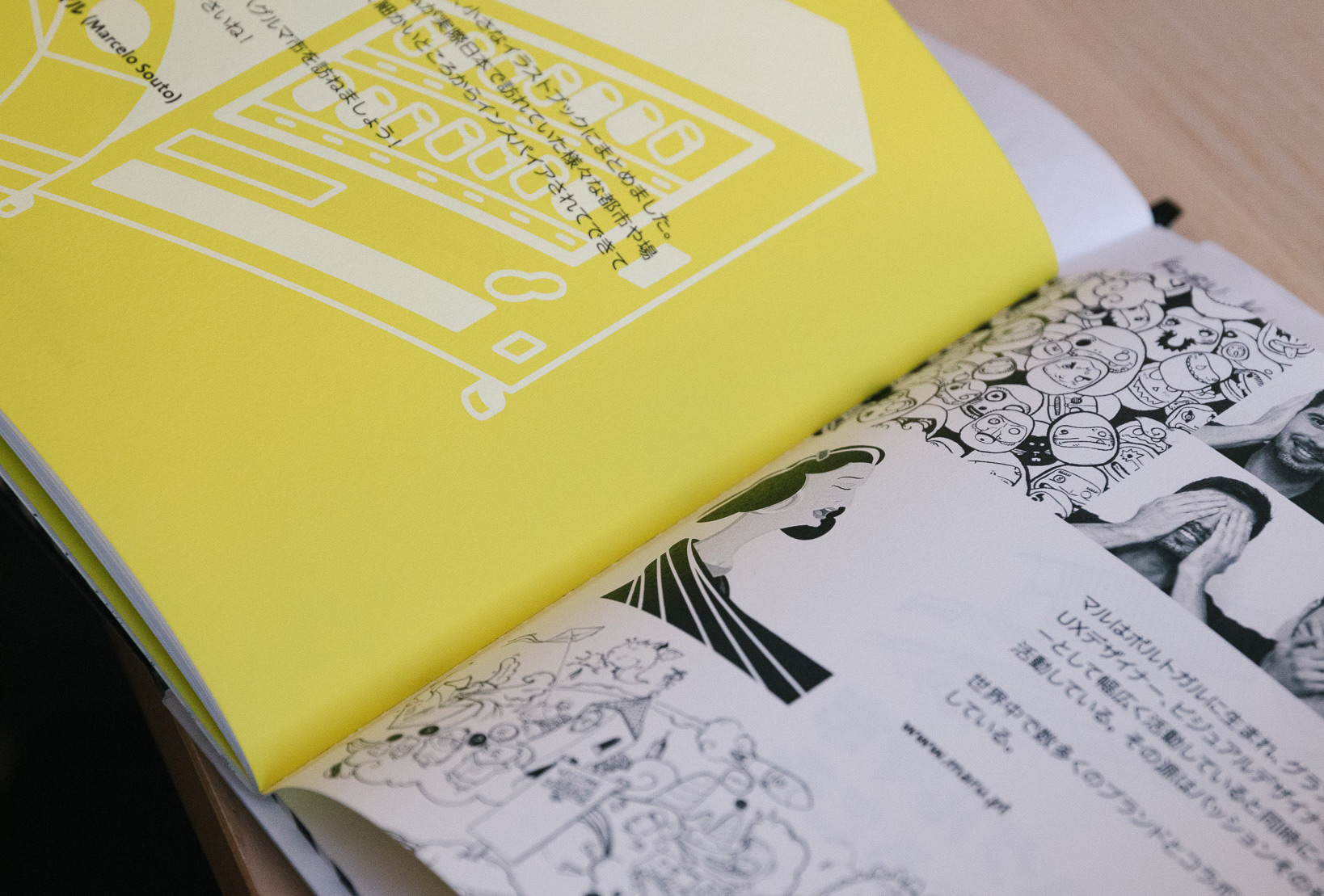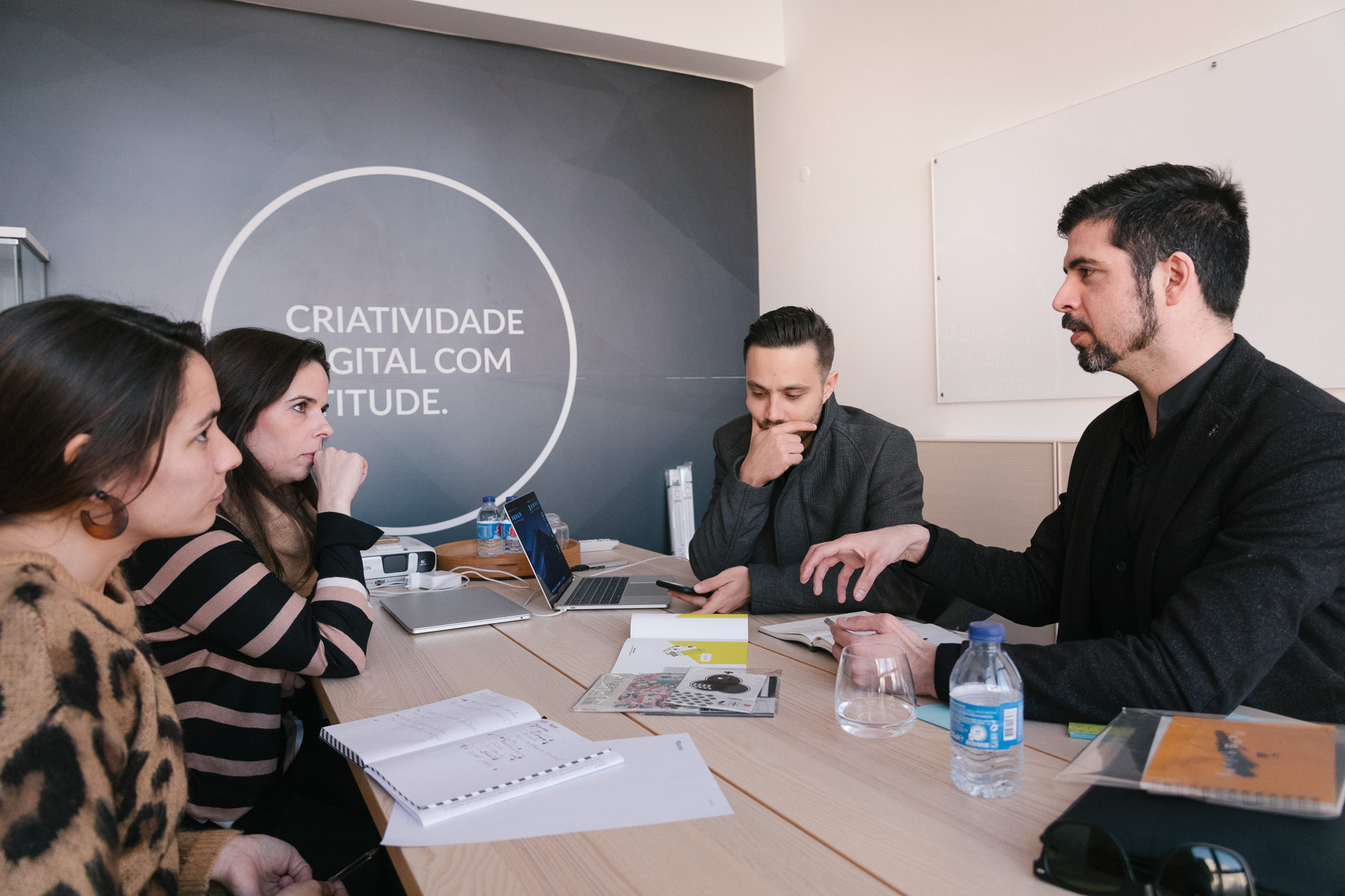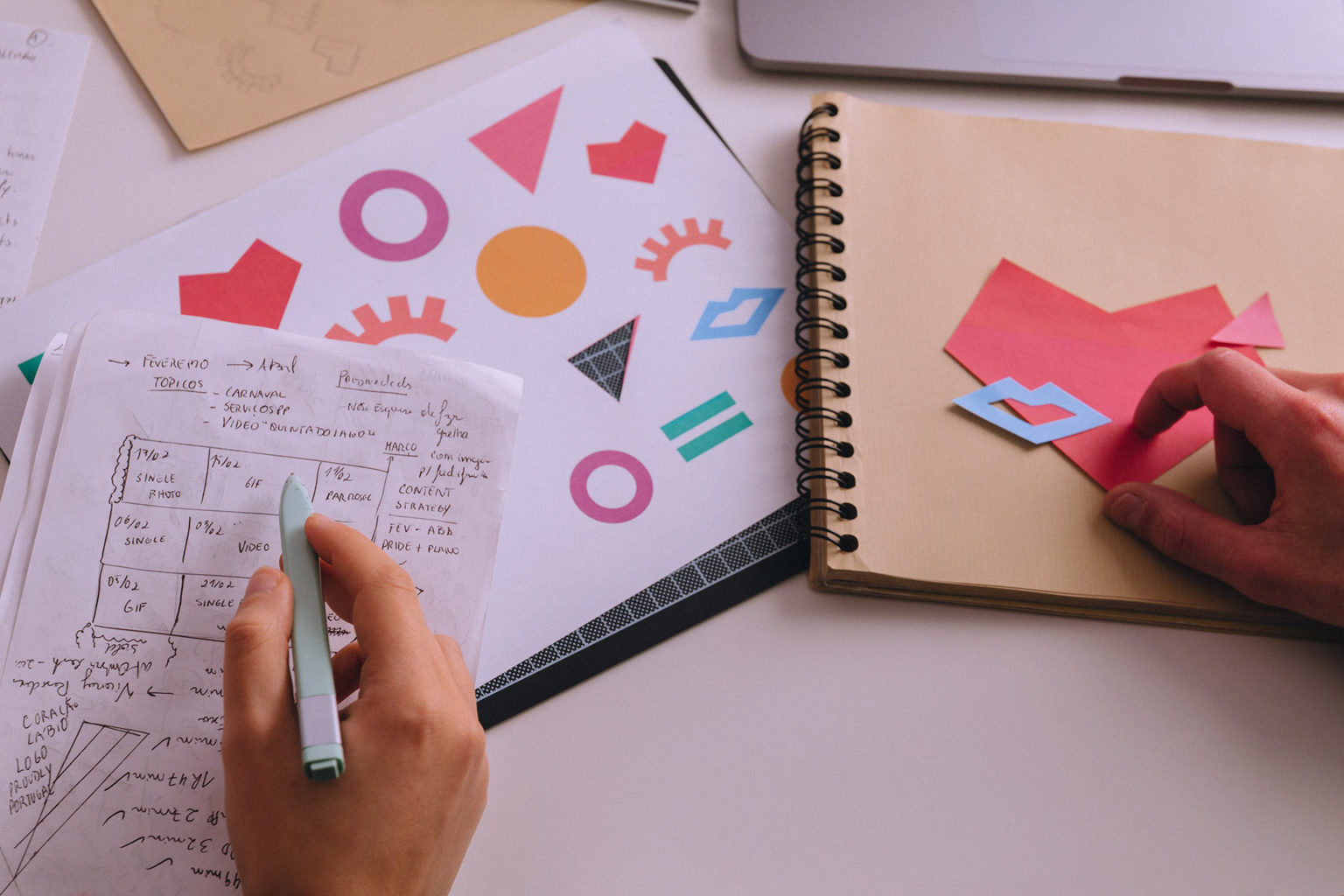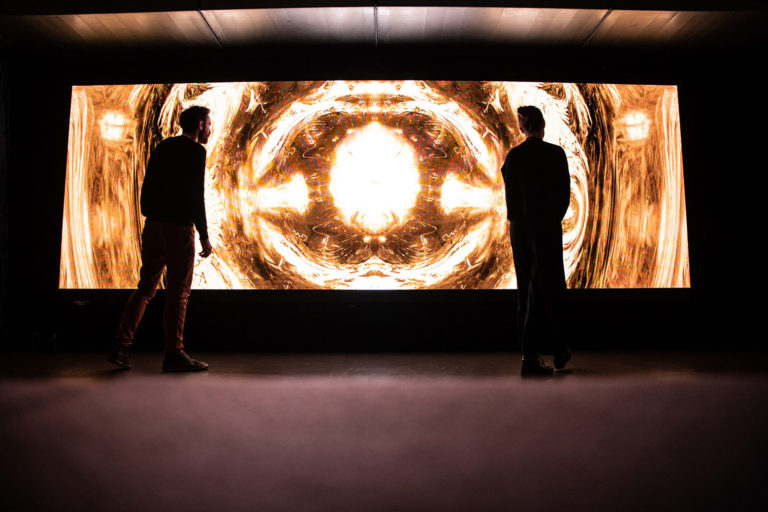Insight Booth Episode: Meeting Maru

Meeting Maru
To premier our Insight Booth, we invited our dear friend, Marcelo Souto. He is an extraordinarily kind guy and listening to his experience is a delight for the ears. Graphic designer and illustrator, he dared to jump from having a safe, stable job in a Portuguese agency to venture as a freelancer in the hustle and bustle of Tokyo. As a child, he dreamt about unfolding the mysteries of that millennial culture, and after the first time he went to Japan, in a group trip, he knew he had to go back for a more comprehensive experience. And so he did and went back for a solo adventure. He stayed all by himself in Tokyo for one month, and it changed his life. Moving to Tokyo was a child’s wish that grew into a plan… which turned into reality.
Maru moved in 2016 and decided to freelance his works, understanding that it was the most flexible way to grasp the spirit of the working market. It has been an incredible ride for Marcelo, who became known as Maru. This was just one of the many changes and adaptations Maru has been endeavouring in his professional and personal life since embracing this adventure. The cultural gap between his origins and the reality in which he now lives is immense, and it plays a significant part in this thrilling experience. When questioned about the most significant difference between working as a designer in Portugal and Japan, Maru immediately related those differences to cultural aspects. The approach to design in Japan pays attention to specific elements and gives them much more importance than a western designer would consider in the first place. As a foreign designer, Maru struggled to find a balance between his own visions and values he grew up with and a society with a totally different way of perceiving the world. Now, when tackling new creative projects, he knows that the first thing he has to do is to find the “Why?”…
“You have to understand the “why?” things work in a certain way and find a sweet spot to go further and create something for an audience that lives by different visions than the ones you grew up with. You don’t have to become Japanese to achieve this, but we cannot communicate to a Japanese audience the same way we talk to a Western audience.”
In Japan, there is well-known respect for social behaviour mostly because there is also a high consciousness about individual responsibility for the planet and respect for the fellow human. These values are imprinted in Japanese society, and the design of daily life objects pays much attention to it while attending the functionality issue also.
“For a swift example, one of the reasons many people use see-through plastic umbrellas is that you need to see what is happening around you to avoid colliding with another person. Another particular example is the invention of the tactile floor, which provides assistance to people with visual impairment, helping them to move around and making everything flow more smoothly. We can tell that in the various fields of design there is clear attention to functionality.”
Maru has been working as a freelancer because he enjoys the freedom of being able to work with agencies or independent projects, whether in the creative business or not. Also, he wants to maintain the bond with Portugal, and he keeps on collaborating with Portuguese companies, especially for illustration works. He feels that through his work, he can bridge the gap between the two countries.
“I am now collaborating with companies in Portugal in areas of Branding, UX and Illustration, which is something I want to keep on doing because I would like to convey all my ideas and experience that I am growing, from this side of the world to the Portuguese market.”
It was quite a personal challenge to take the step of starting a new life in Tokyo. Today Maru still faces moments when he questions himself about his decision just as much as he did when he thought about doing it in the first place. Nevertheless, when asked about the advice he would give today to his younger self, he does not hesitate:
“I would say to myself “Yes, it will be as difficult as you are expecting but just keep on thinking about it is not worth it. You will always depend on how much you do, how much you seek, and how patient you are.” This advice would have saved me so many hours I’ve spent thinking about the best way to do things and planning everything… The truth is there is always so much we cannot control.”
Maru’s experience has been life changing, not just professionally but mostly in terms of personal growth and he tries to combine both aspects as it enriches the experience and brings perspective either to Maru, the professional designer, and Maru, the enthusiastic boy that dreamt about living in Japan. In fact, the personal aspect has been so nurtured by Maru that he is continuously trying to get involved in projects and activities with a strong social drive. This is an area Maru cherishes and that he wants to keep on chasing in the near future:
“I have many projects in mind, but for now, I would probably like to enter a humanitarian or social impact project. I’ve already been in projects involving children, and you feel that you’re changing something directly.”
Our friend Maru will keep on working daily to become a better professional and a better human being. As he challenges himself on a personal level to understand the cultural mind frame of the Japanese society with respect, he keeps on overcoming professional obstacles and difficulties with a sense of wonder that continues to amaze him even after almost 2 years of complete immersion in the Japanese reality. As far as he can tell, his professional field still holds fertile ground for new ideas to thrive:
“I believe that design will always be here to solve what we call “design problems,” whether they are problems of a tangible or intangible nature, issues of the individual or of a group. Good design may not be able to “save the planet”, but it can definitely make it a better place.”

Check out the full interview with Maru below as well as the first episode of Insight Booth!
You can follow Maru on Instagram through @maruiscreating.
An Interview with Maru
The approach to design in Portugal is certainly different from the approach to design in Japan. What were the most significant differences you find and what do you consider to be the biggest challenges for a foreign designer in Japan?
There are many approaches to design (in Japan), from the one that totally challenges people, trying to create a memorable experience between the brand and the public – you see this in advertising, where product functionality is not the most prominent focus but the experience or status it offers you – or to the most direct and functional approach of choosing a safer way to avoid risks – you can observe this in most of the websites here in Japan.
I believe the biggest challenge as a foreign designer in Japan is really cultural. You have to understand the “why” things work in a certain way and find a sweet spot to go further and create something for an audience that lives by different visions than the ones you grew up with. You don’t have to become Japanese to achieve this, but we cannot communicate to a Japanese audience the same way we communicate to a Western audience. For example, an important aspect that is very respected in Japan when designing a communication piece relates to customer expectation. You can feel this concern in a simple advertisement of detergents because it can show you that the product works while simultaneously telling you that there is a possibility of it not being able to get a piece of clothing 100% washed.
We know that social consciousness in Japan is quite a powerful feature and that, culturally, the Japanese have a very particular way of being. How would you describe it, and how do you see it this reflected in design?
Social consciousness is part of the genes of the Japanese people. Whether in big cities or small villages, you clearly feel that there is much respect to both individual space and shared space. For a very quick example, one of the reasons many people use see-through plastic umbrellas is that you need to see what is happening around you in order to avoid colliding with another person. Another particular example is the invention of the tactile floor, which provides assistance to people with visual impairment, helping them to move around and making everything flow more smoothly. We can tell that in the various fields of design there is clear attention to functionality.
What do you highlight from your experience in Japan? What was the top moment and the greatest disappointment so far?
My experience in Japan? Super intense. I am always feeling challenged, either professionally or personally. The cultural and linguistic differences force me to be a student every day.
Top moment? Moving here (to Japan) was already a top moment for me. I accomplished a dream that seemed very difficult to achieve a few years ago. Now I am giving everything I have to make it worth every second that I am here.
Disappointment? Maybe every time I have doubts about my journey here. I know it is natural to have these doubts but inevitably I feel disappointed with myself for letting it cross my mind.
What professional advice would you give yourself five years ago, or anyone who at this moment, feels the desire to venture into a professional project outside borders?
I would say to myself “Yes, it will be as difficult as you are expecting but just keep on thinking about it is not worth it. You will always depend on how much you do, how much you seek, and how patient you are.”
This advice would have saved me so many hours I’ve spent thinking about the best way to do things and planning everything… The truth is there is always so much we cannot control.
As far as making a plan to take such a step… it is obvious that you need a plan! But more important than following a plan is to stay focused because plans may change, but your focus changes little. And, of course, you have to have a dose of “healthy madness”! I can say that it was not a comfortable step to take at all. Definitely, this is a path with some victories and many defeats.
What is your next project and with whom would you like to collaborate in a future project?
Upcoming projects… I am now collaborating with companies in Portugal in areas of Branding, UX and Illustration, which is something I want to keep on doing because I would like to convey all my ideas and experience that I am growing, from this side of the world to the Portuguese market. And, in Japan, I now collaborate with design agencies on projects related to Illustration and Art Direction.
But of course, I have to mention that I am feeling very enthusiastic about the project I am collaborating with Kobu 😉
Projects that I would like to collaborate with… I have many projects in mind, but for now, I would probably like to enter a humanitarian or social impact project. I’ve already been in projects involving children, and you feel that you’re changing something directly. This is something I would like to repeat, the more impact it creates, the better.
How do you perspective the evolution of design in general? Will the human being and his needs continue to be at the heart of design concerns?
Today we live in a time where design is being increasingly divided into sub-disciplines. In a certain way, I believe this is due to the galloping digital and technological evolution of our age. These transformations have altered a lot of things, brought many solutions but also brought many problems to be solved. I believe that design will always be present to address what we call “design problems,” whether they are problems of a tangible or intangible nature, issues of the individual or of a group. Good design may not be able to “save the planet”, but it can definitely make it a better place.
And that’s it! The first guest of KOBU Insight Booth shared with us his experience and gave us a glance of what it means to jump out of your comfort zone and go after the chance of your dreams. We hope you enjoyed it as much as we did! Till next time!
Transparency disclaimer
Article written by Isabel Evaristo.
Interview translated by Isabel Evaristo.
Edited by Nuno Tenazinha.
Credits
- Video editing by Ramiro Mendes
- Photography by Ramiro Mendes
How do you feel about this article?







